If I have 4 identical* LEDs wired in parallel to a single resistor so that the overall current available is 30 mA, do I still run the risk of premature burnout? The LEDs peak forward current is 30 mA.
*I know that LEDs from the same package may still have slight differences
I thoroughly read through the answers here - Why exactly can't a single resistor be used for many parallel LEDs? - but it seems like the assumption would be that one would arrange a circuit so that the available current equals the total draw of the 4 LEDs, in my case 80 mA. The problem then would be that some would draw more than the peak. But, if I'm limiting the avaialble current to 30mA, is there still an issue? That would mean that ideally 7.5mA would be supplied to each LED. Obviously, based on the answer in the aforementioned link, it would not likely be even, but it shouldn't get to "dangerous levels".
Follow-up: Based on the volt/amperage curve, it looks like I'd be seeing a ~0.1V drop. Will this significantly affect the brightness?
Still pretty new to all this so my apologies for any incorrect terminology and faulty logic!

